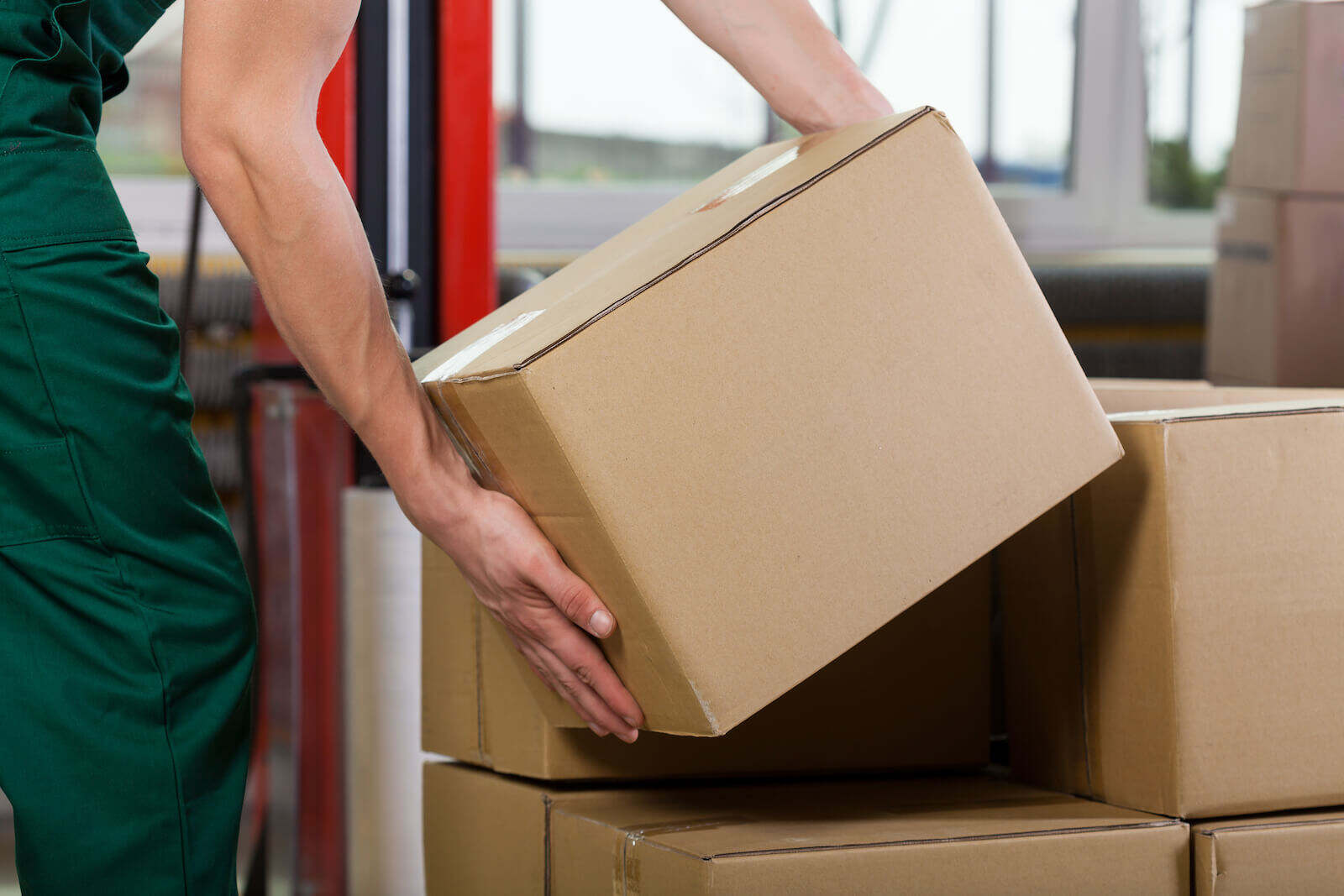Einführung
Der Erhalt von beschädigter Ware ist entmutigend für die Kunden und kann den Ruf eines Unternehmens schädigen. Es ist entscheidend, Strategien zu implementieren, die das Risiko von Schäden während Versand dieser Phase minimieren. Dieser Beitrag skizziert Schritte, um sicherzustellen, dass Ihre Waren sicher und in einwandfreiem Zustand ankommen.
Qualitätskontrolle
Vor der Verpackung muss jeder Artikel einer gründlichen Inspektion auf Mängel standhalten, bevor er die Anlage verlässt. Führen Sie einen strengen Qualitätskontrollprozess durch, um sicherzustellen, dass nur Waren, die den Standards entsprechen, verpackt und transportiert werden. Diese erste Überprüfung ist die erste Verte
Auswahl geeigneter Verpackungsmaterialien
Die Wahl der richtigen Verpackungsmaterialien ist der Schlüssel zur Sicherung Ihrer Waren. Wählen Sie langlebige Materialien, die den Härten des Transports standhalten. Berücksichtigen Sie bei der Auswahl der Verpackung die Zerbrechlichkeit und Abmessungen des Artikels. Verwenden Sie Polstermaterialien wie Luftbeutel
Wirksame Verpackungstechniken
Die richtige Verpackung ist von entscheidender Bedeutung. Verwenden Sie eine interne Verpackung, um Lücken zu füllen und zu verhindern, dass sich Artikel während des Transports verschieben. Versiegeln Sie die Verpackungen sicher, um sie vor Feuchtigkeit und Aufprall zu schützen. Stellen Sie sicher, dass die Verpack
angemessene Handhabung empfindlicher Gegenstände
Für empfindliche Gegenstände sollten Sie noch mehr tun. Verpackungen als "zerbrechlich" kennzeichnen und Symbole mitfügen, die auf eine sorgfältige Handhabung hinweisen. Für hochwertige oder einzigartige Gegenstände sollten Sie maßgeschneiderte Verpackungslösungen in Betracht ziehen, die perfekt auf
Auswahl zuverlässiger Schifffahrtspartner
Wir prüfen die Spediteure sorgfältig und setzen diejenigen mit einer starken Erfolgsbilanz bei der sorgfältigen Lieferung von Gütern vor, die sicher ankommen. Durch umfangreiche Untersuchungen über den Ruf jedes Unternehmens und die Bearbeitung von Schadenersatzfällen können wir Partner identifizieren, die sich der Zuverläs
Die richtige Kennzeichnung ist von größter Bedeutung
Die Verpackungen erhalten Etiketten mit allen wesentlichen Lieferdaten. An fragile Gegenstände werden klare Markierungen gelegt und alle speziellen Anweisungen werden deutlich angezeigt.
Umsetzung von Schadensverhütungsstrategien
Wir überprüfen regelmäßig unsere Lieferungen und Methoden und setzen die Fortschritte der Industrie zur Verstärkung des Schutzes ein. Ein gut ausgebildetes, gewissenhaftes Team bildet unsere erste Verteidigungslinie gegen Probleme im Transit.
Zeitgemäße Kommunikation ist wichtig
Kunden erhalten geschätzte Lieferzeiten und Zugang zur Nachverfolgung. Die Richtlinien für beschädigte Waren erhalten eine klare Kommunikation, so dass alle Probleme zu positiven Lösungen führen.
Entscheidungsträger für Ansprüche
Ein klar definierter Prozess zur Bearbeitung von Ansprüchen bietet schnelle Hilfe. Anfragen Um zu beschädigten Artikeln erhalten sofortige Aufmerksamkeit durch Lösungen wie Rückerstattungen, Ersatz oder Gutschriften. Schnelle, gerechte Antworten erhalten Vertrauen und Loyalität.
Zusammenfassend
Die Vermeidung von Versandschäden untermauert Zufriedenheit und Ruf. Die Konzentration auf Qualitätskontrolle, geeignete Verpackungen, zuverlässige Partner und offene Kundenkommunikation verringert das Risiko, dass Artikel kaputt ankommen, drastisch.
Inhaltsverzeichnis
- Einführung
- Qualitätskontrolle
- Auswahl geeigneter Verpackungsmaterialien
- Wirksame Verpackungstechniken
- angemessene Handhabung empfindlicher Gegenstände
- Auswahl zuverlässiger Schifffahrtspartner
- Die richtige Kennzeichnung ist von größter Bedeutung
- Umsetzung von Schadensverhütungsstrategien
- Zeitgemäße Kommunikation ist wichtig
- Entscheidungsträger für Ansprüche
- Zusammenfassend



